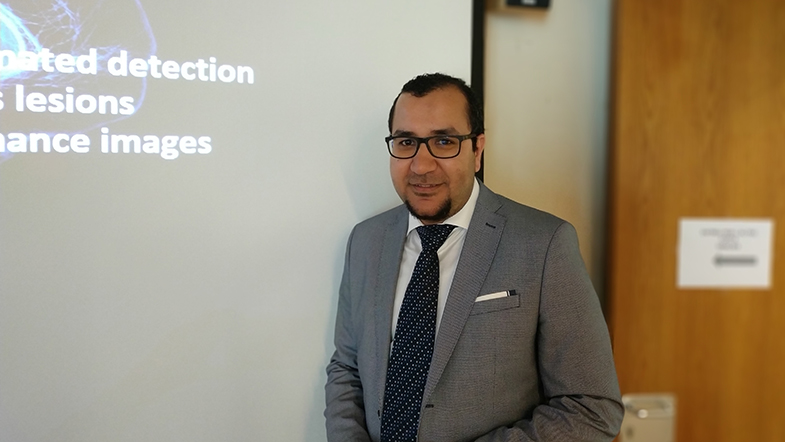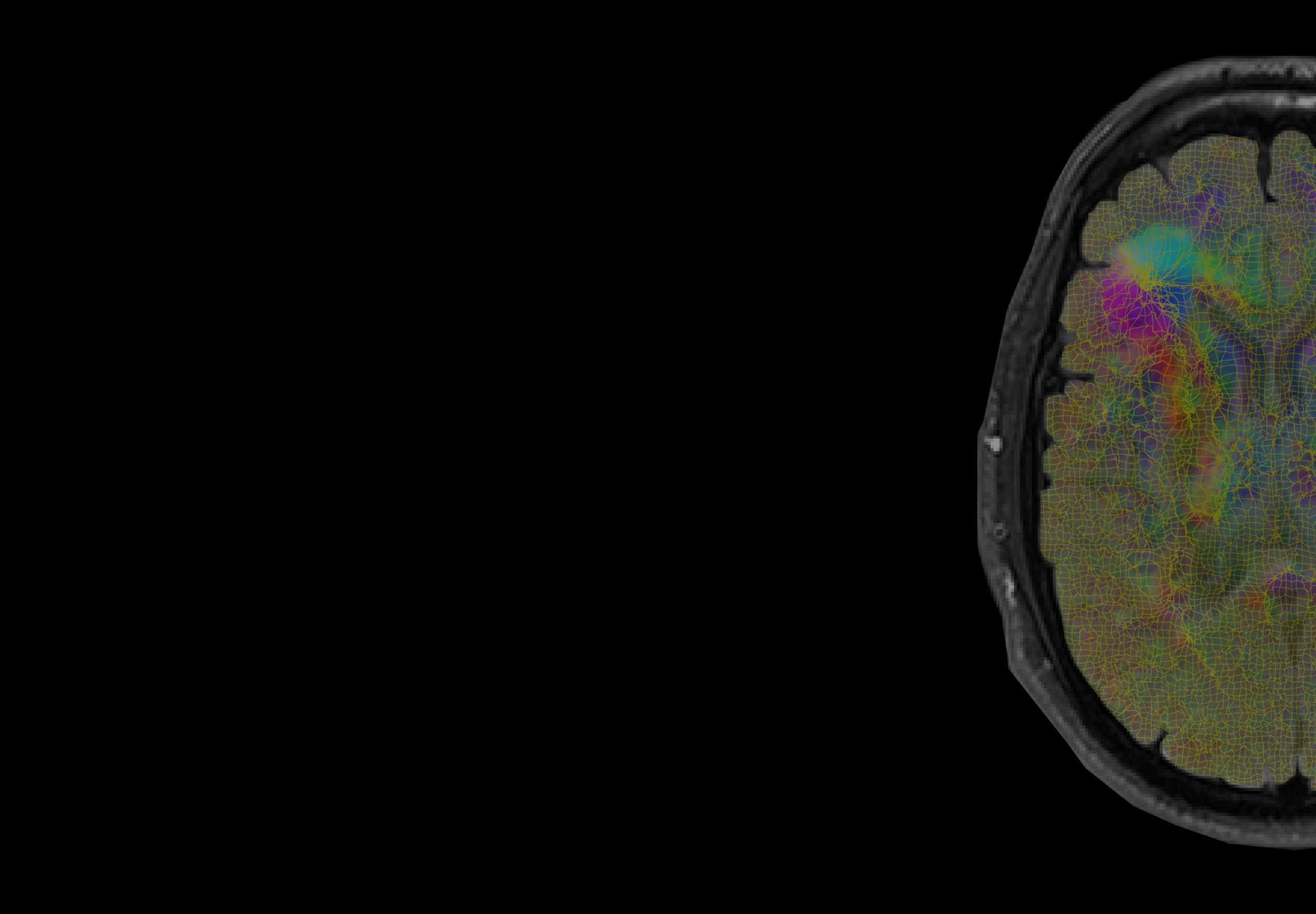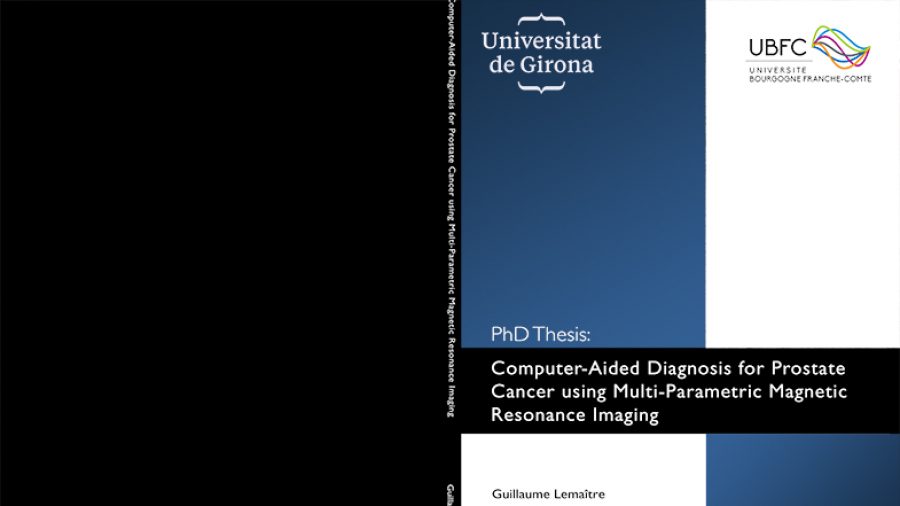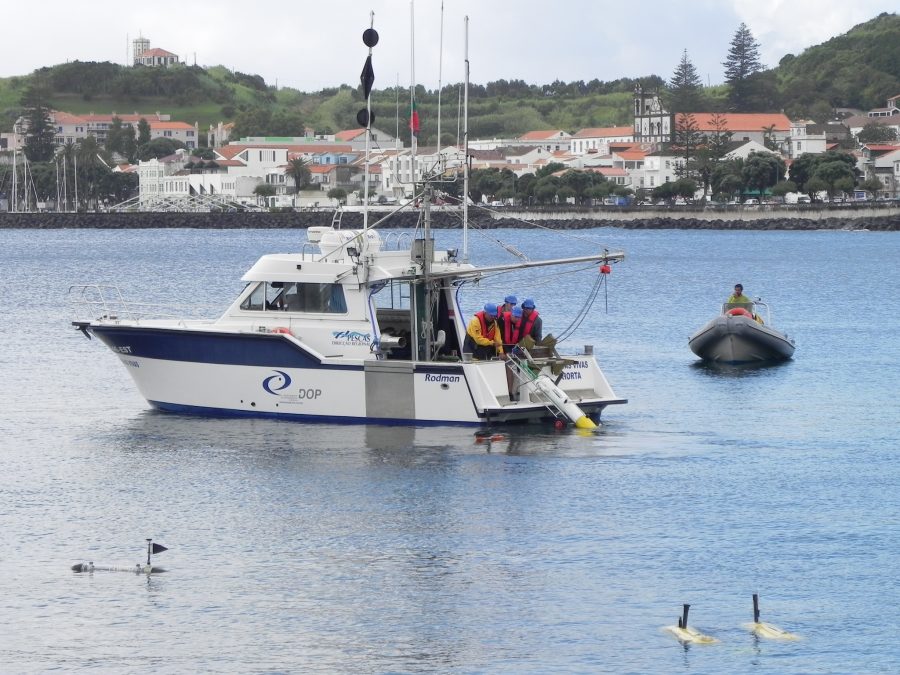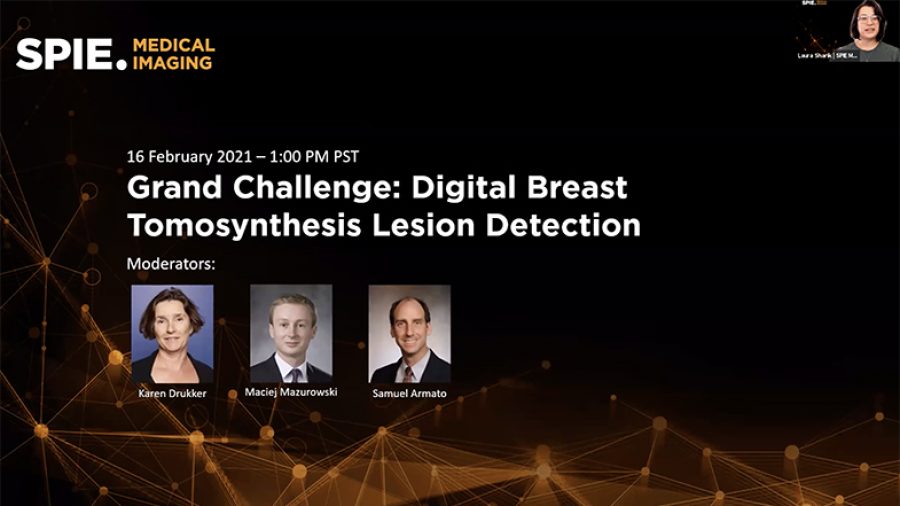By Mostafa Salem
Supervised by Prof. Joaquim Salvi / Prof. Xavier Lladó
Abstract
Multiple sclerosis (MS) is an inflammatory disease of the central nervous system, which is characterized by the presence of lesions in the brain and the spinal cord. Magnetic resonance imaging (MRI) has become a core para-clinical tool for diagnosing and predicting long-term disability and treatment response in MS patients. It has been accepted that dissemination in time can be demonstrated by a new T2 or gadolinium-enhancing lesion(s) in follow-up MRI, with reference to a baseline scan. The manual longitudinal detection of change is not only time-consuming, but is also prone to intra- and inter-observer variability. Therefore, a reliable and robust automatic detection and quantification of these lesions could be used to help neuroradiologists to improve the diagnosis and follow-up evaluation of MS patients.
The main goal of this PhD thesis is to develop novel and fully automated methods for the detection of new MS lesions in longitudinal brain MRI. In order to fulfill this goal, firstly, we analyzed and evaluated the state-of-the-art on MS lesion detection approaches. Our analysis showed that the tissue transformation, which is the effect of a lesion that does not always appear as an intensity change on the tissue where it is located, can also influence the appearance of surrounding tissues (tissue deformation). Moreover, we observed the importance of using prior knowledge to guide the lesion detection and segmentation. Supervised approaches that rely on similar segmented cases usually outperform unsupervised strategies. In the second stage, a novel fully automated logistic regression (LR) based framework has been proposed and evaluated for the detection and segmentation of new T2-w lesions. The framework was based on intensity subtraction and deformation field (DF). The DF were obtained using the multi-resolution Demons registration approach from ITK v.4. In the third stage, we focused on the use deep learning (DL) techniques, which simplify the feature extraction process, and could gather unknown patterns to help in the desired task. We proposed a fully convolutional neural network (FCNN) approach to detect new T2-w lesions in longitudinal brain MR images. The model was trained end-to-end and simultaneously learned both the DFs and the new T2-w lesions. We qualitatively and quantitatively evaluated the proposed methods (DL-based and LR-based) using an in-house clinical dataset from our collaborating hospitals and compared it with other state-of-the-art methods. Finally, we proposed and evaluated a deep learning based approach for MS lesion synthesis. The proposed pipeline can generate synthetic images with MS lesions. We used the generated synthetic MS lesion images as data augmentation to improve the lesion detection and segmentation performance in both cross-sectional and longitudinal analysis.
